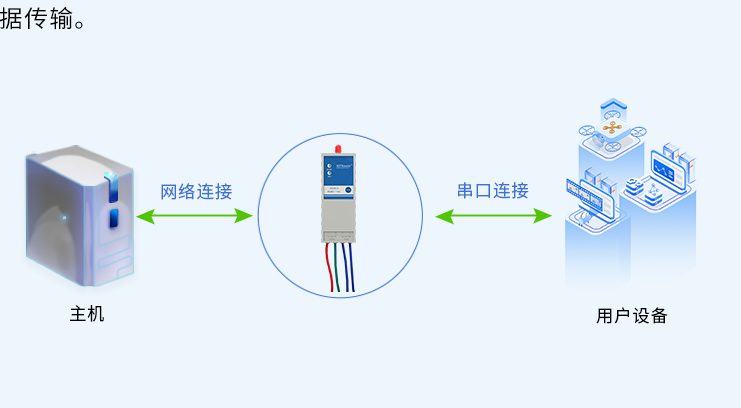Anyone who has been in contact with the Internet of Things should often hear this word – baud rate. For engineers, this must be very familiar, but for students who are just beginning to understand the Internet of Things, it is relatively unfamiliar. Let’s clear up the confusion for you and tell you what baud rate is.
What is baud rate
Baud rate (bandrate) refers to the rate of serial communication, that is, how many binary bits can be transmitted per second during serial communication. For example, 9600 binary bits can be transmitted per second (the time required to transmit one binary bit is 1/9600 second, which is 104us), and the baud rate is 9600.
The communication baud rate of the serial port cannot be set arbitrarily, but should be selected from some values. The common baud rate is 9600 or 115200 (low-end microcontrollers such as 51 commonly use 9600, high-end microcontrollers and embedded CoC generally use 115200).

Why can’t the baud rate be specified arbitrarily? Mainly because:
First, both communicating parties must set the same baud rate in advance so that they can communicate successfully. If the sender and the receiver communicate at different baud rates, they will not receive the message at all. Therefore, it is best to use a baud rate that is well-known to everyone. Feel free to specify.
Second: After a long period of development, the commonly used baud rate has reached a consensus. The commonly used baud rates are 9600 or 115200.
The meaning of baud rate
The baud rate represents the number of symbols transmitted per second and is an indicator of the data transmission rate. It is expressed by the number of times the carrier modulation state changes per unit time.
In the information transmission channel, the signal unit carrying data information is called a symbol, and the number of symbols transmitted through the channel per second is called the symbol transmission rate, or baud rate for short. Baud rate is an indicator of the bandwidth of the transmission channel.
The origin of baud rate
The unit of baud rate (bandrate) is named after the surname of French telecommunications engineer Émile Baudot (1845-1903), one of the pioneers of digital communications and a pioneer of telex and Baudot. Inventor of the telegraph. 1874. Frenchman Emile Baudot invented the epoch-making Baudot telex code, which used equal-length coding, laying the foundation for automatic machine coding. Telexes at that time used multiplexing technology, that is, multiple wires were used to complete one communication. The encoder uses five keys similar to piano keys.Transmission rate calculation